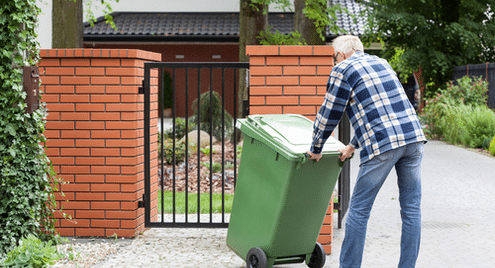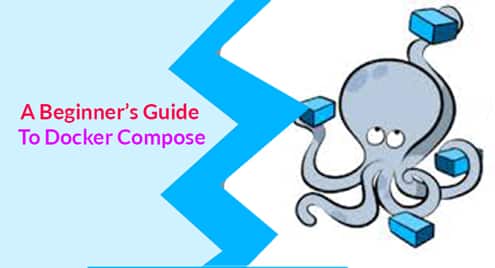Clean up docker
Most users are complaining about the system/server slowness and somewhere consider to buy a new system for the server for getting good performance. Is this a good idea? In some cases, the slowness is due to the poor performance of the hardware and in that case, we may need to go with a new hardware. Other case is the system/server is overloaded with data or software.
In case of a local system, we can uninstall unwanted software or removed unwanted data to free up space and resources. Freeing the resources will improve the performance of the system. In case of web hosting servers, the software installed is required ones and we cannot uninstall the software. So other option reduces the amount hosting accounts on the server. While we considering the case of dockers, keeping unwanted images and dockers containers which are created for testing are wastage of resources. In this article, I will discuss cleaning the docker images, containers, and volumes etc.
Containers and Layers
The top writable layer is the major difference between docker images and containers. Same images can be shared by different containers. They have the separate top layer which is writable by the container and the changes made in the containers are written in this layer. Once the containers are removed, the top writable layer has removed the data from the container. You can use the following command to remove the container.
List Containers
docker ps docker ps -a
–all , -a Show all containers (default shows just running)
You can use the option “-q” to print only the numeric ID and once it is listed, we can use the output to an input of the remove command to remove all containers listed.
–quiet , -q Only display numeric IDs
Remove containers
docker rm ID_or_Name docker rm ID_or_Name1 ID_or_Name2
Remove all exited containers
List
docker ps -a -f status=exited
Remove
docker rm $(docker ps -a -f status=exited -q)
Stop and remove all containers
docker stop $(docker ps -a -q) docker rm $(docker ps -a -q)
Docker Images
A Docker image is built up from a series of layers. Each layer represents an instruction in the image’s Dockerfile. Each layer except the very last one is read-only.
List docker image
docker images
The above command will show all top-level images, their repository, and tags and their size. Docker images have intermediate layers and they will help for reusability, decrease disk usage and speed up docker builds. By default, these intermediate docker images will not show. You can use the option “-a” to list the intermediate images too with the top level images.
docker images -a
–all , -a Show all images (default hides intermediate images)
Remove docker image
You can remove unwanted docker images using the following command.
docker rmi image_id
In case we need to remove multiple images, we can use filtering command outputs to the input of remove command. See the following example.
docker rmi image_id1 image_id2 docker rmi $(docker images -f "dangling=true" -q)
–quiet , -q Only show numeric IDs
–filter , -f Filter output based on conditions provided
There is also a prune command available in docker to remove dangling images ( images, which are not used by any containers )
docker image prune
Docker Volumes
Volumes are created individually and attached to the container for storing data. Removing the container will now remove the volume. And these volumes are not in use and are called dangling volume. You can list the volumes using list command after confirming, you can remove it.
List the docker volumes
docker volume ls docker volume ls -f dangling=true # List dangling volumes
Remove docker volumes
docker volume rm volume_name volume_name docker volume rm $(docker volume ls -f dangling=true -q) # Remove dangling volumes
You can use these commands to clean up your system when the systems are filled with the disk. Or you can automate the removal of dangling volumes and images using a cron.




